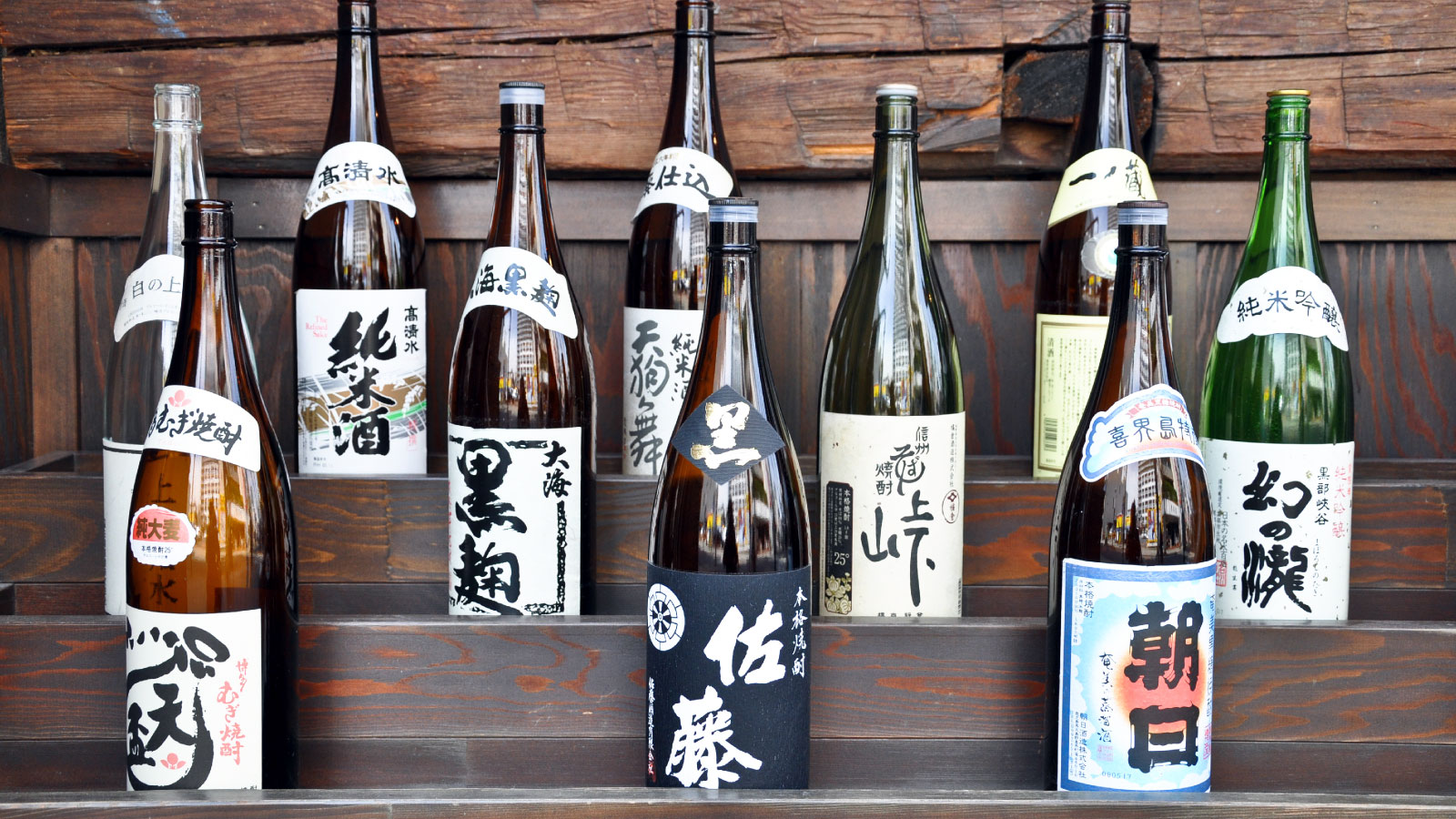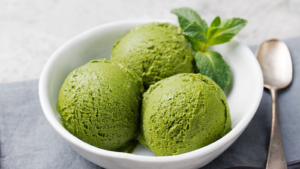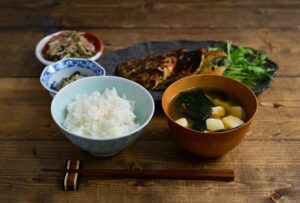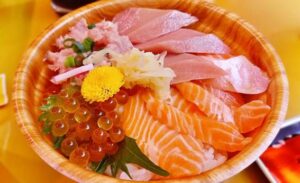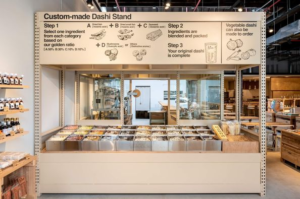Reimaging Sake Bombs
2021
11/22
If you’ve been to a hole in the wall Japanese restaurant in the United States it’s likely that you’ve seen someone do a sake bomb, or if you’re having a little too much fun at dinner then you’re the person doing the sake bomb. The way that Americans consume their sake is much different than how it is enjoyed in Japan.
First let’s start with what sake actually is. Sake is brewed by fermenting sake mai rice, water, aspergillus oryzae (a mold), and yeast. The best sake is aged for a year or more and is typically supposed to be served chilled. The cheaper sake, which is used in sake bombs, should be heated.
Now that we know what sake actually is we can talk about sake bombs. A sake bomb is assembled by balancing a shot glass of cheap sake on two chopsticks above a glass of cheap beer. The consumer and friends pound on the table until the sake shot falls into the pint glass. This process is less about enjoying sake and more about having fun so it makes sense that this drinking game didn’t originate in Japan.
VIDEO
It’s rumored that American soldiers who were overseas in Japan after World War II invented this tradition. Regardless of its origins, for decades now, the sake bomb has been misleading Americans to think that sake doesn’t taste good. In reality, sake is comparable to wine as in it’s meant to be sipped and the more expensive it is the better it’s going to taste!
Instead of mercilessly pounding on the table of a college town Japanese restaurant try finding an authentic Japanese restaurant and order a nice glass of sake to enjoy with your sushi.
Matsu Martini
1.5 oz of gin 0.5 oz sake 0.25 oz dry vermouth 3 dashes of orange bitters 1 rosemary sprig Blueberry – Rosemary Sake Sangria
3 oz junmai sake 0.25 oz lemon juice 0.5 oz blueberry-rosemary syrup Splash of soda Golden Pavilion
3.5 oz namazake 0.25 oz honey syrup 0.25 oz ginger liquor
The Manual
Shake Up Your Drinking Routine with these Easy Sake Cocktails
Expert mixologist and sake sommelier Haru Zenda shows us how to shake up some delicious and easy-to-make sake cocktails.
VinePair
Where The Hell The Sake Bomb Came From: A Lesson In Irony
If you attended college in the US, you probably found yourself hanging out at a cheap karaoke bar at some point, eating mock crab California rolls and pounding …
Share this Page
URLをコピーする
URLをコピーしました!
